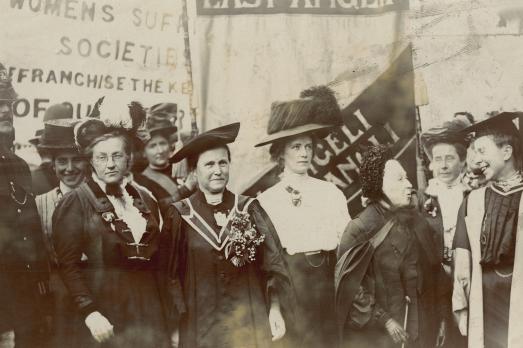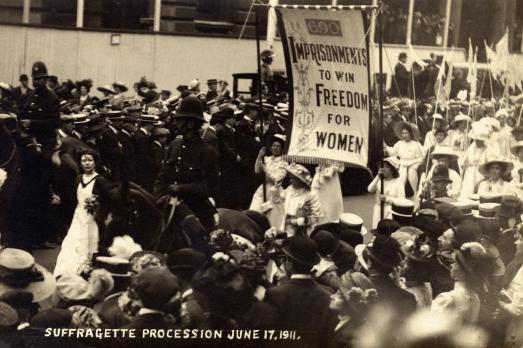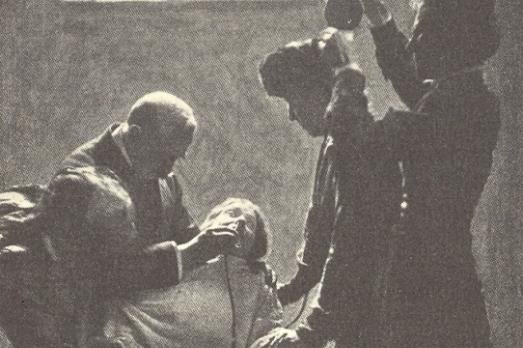
Elizabeth Garrett Anderson
Elizabeth Garrett Anderson was a physician and suffragist, the first woman to qualify in Britain as a physician and surgeon. She founded the first hospital staffed by women and was the first woman in Britain to be dean of a medical school and elected to a school board. As Mayor of Aldeburgh she was the first female mayor and magistrate in Britain. Elizabeth introduced Millicent Fawcett, her sister, to women’s suffrage and in 1866 she joined the first British Women's Suffrage Committee. She died in 1917 and is buried in the churchyard at St Peter & St Paul, Aldeburgh.











